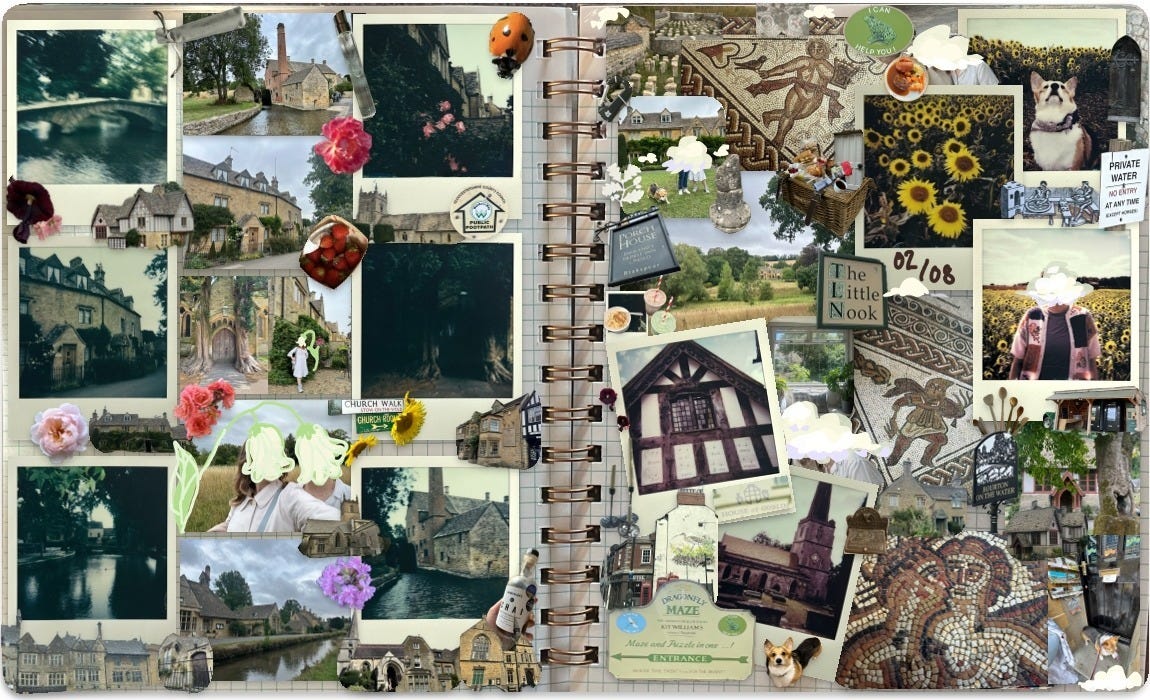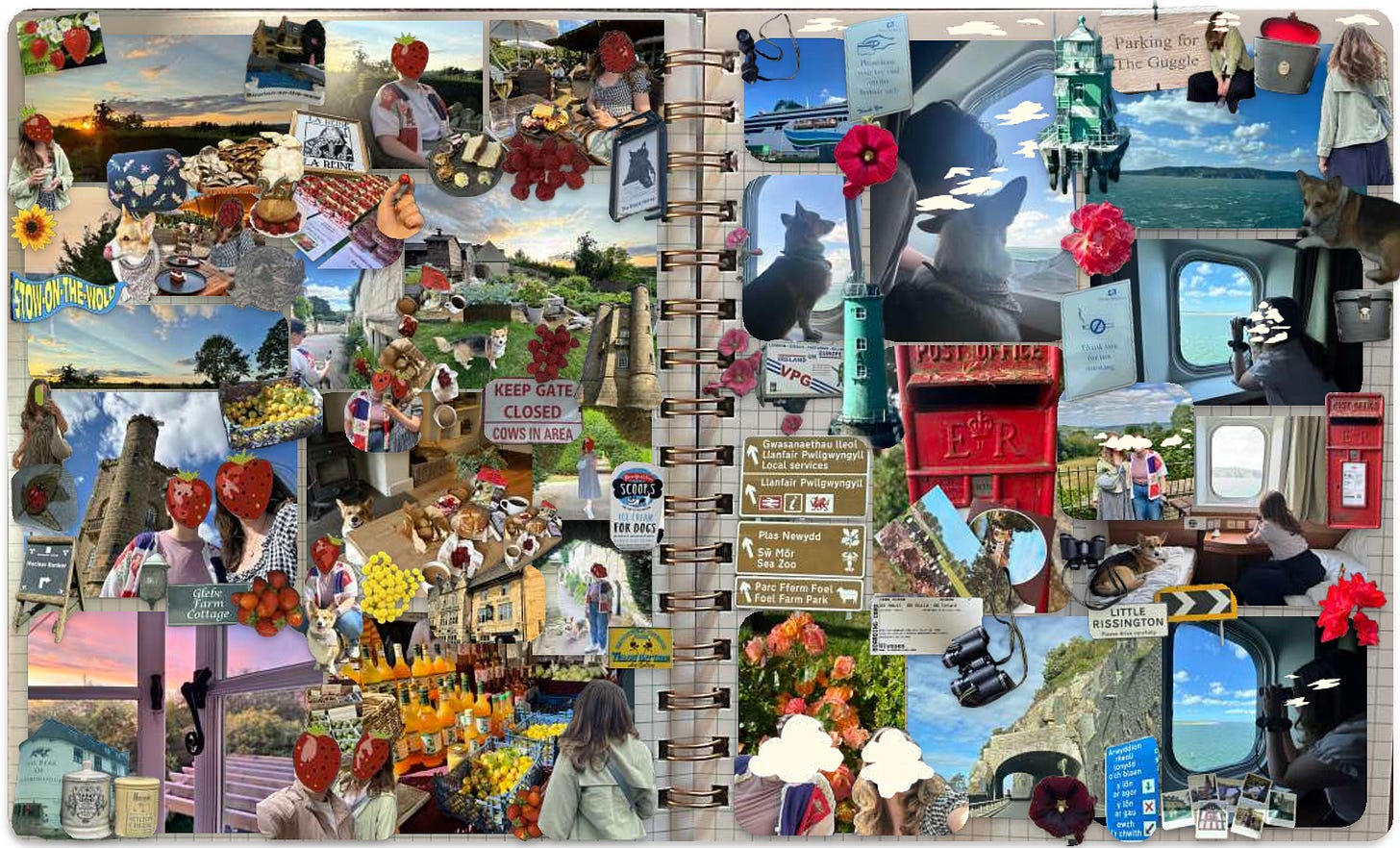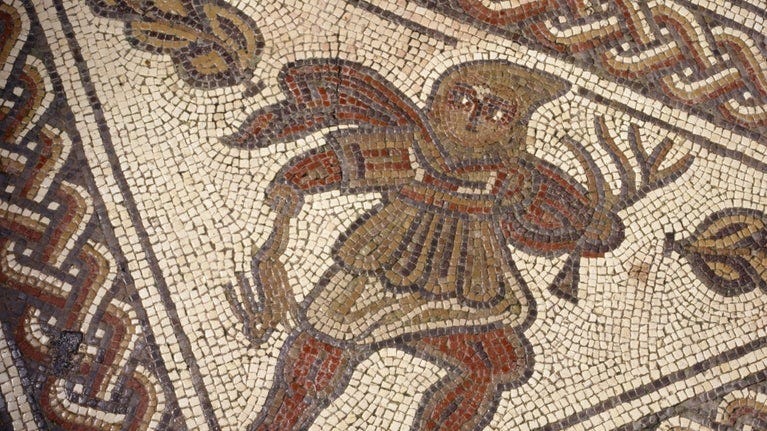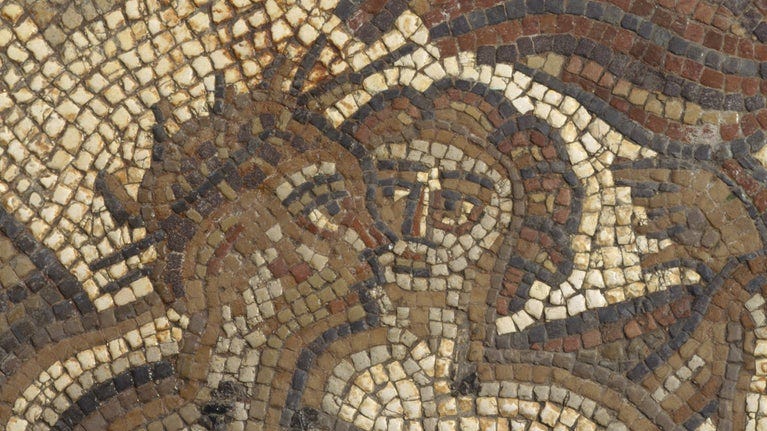I recently spent a long weekend in the Cotswolds visiting beautiful english villages and historic market towns, taking in the rich scenery of the countryside. We strolled through fields and flowers and along canals lined with little cottages, everything lovely and picturesque, a living postcard, a dream.
The food was fantastic: I got to try my first proper sunday roast in a pub on the market square of Stow-on-the-Wold, get ice cream out of a farm goods vending machine out in a field(the stem ginger flavour became an instant favourite), and eat the best raspberries I’ve ever had in my life at the Stroud farmer’s market. On the back patio of a country inn, we got to enjoy a delightful tasting menu(among my favourite bits: a trout tartare with cucumber and mint yoghurt, a ‘picnic’ starter with whipped butter and radishes and pickles, a gateaux with a savoury toasted almond ice cream, crispy potato pavé with bone marrow, and tart, buttery lemon curd meringue) looking out over the countryside and watching the sun set slowly through the late evening.
People have been living in this area for centuries, and even nearly a thousand years ago, people may have been sitting on patios and eating delicious meals, looking out over the valleys and hills of the Cotswolds. Chedworth Roman Villa was once an expansive estate established in the early 2nd century. As an archaeological site, it is a place with countless mysteries and a fascinating story to tell about life in this region during and after Roman rule in Britain.
In the early afternoon, I wandered through the ruins of this beautiful Roman Villa tucked away into a green valley of Gloucestershire. Though few original structures remain, since the site’s rediscovery in 1864, a great deal has been unearthed and archaeologists have been able to piece together much of the layout of the massive house and uncover crucial pieces of the building’s foundation, structures, and artwork.1
At one end of the house, where the best views of the hills below can be seen was an open air dining room. There were two kitchens, an indoor lavatory, courtyards and gardens. One wing of the house features a large roman bath with multiple pools, including a heated pool and a cold bath; the house relied on a nearby natural spring for its water, which was also turned into a Nymphaeum, a shrine to honour the nymphs. Many rooms were built atop hypocausts, which provided natural underfloor heating to the house. At least fifteen of the rooms were decorated with ornate mosaic floors.
The villa was expanded and renovated multiple times over a period of one hundred years. Rooms were changed, new addition appeared. In the decorative reliefs and artwork, shrines, and objects found at the site, we see both Roman pagan and Christian influences that were present in the community here throughout the centuries that this site was inhabited by Roman Britons, although the villa’s inhabitants are still largely unknown.
In 2017, Chedworth Villa’s most intriguing mystery was discovered. Roman forces retreated from Britain in 410 after several years of weakening control across the empire. Historically, it was generally believed that with the retreat of Roman rule, Roman ways of life also came to an end across the island. However, sites like Chedworth provide unique evidence to counter this narrative, showing that Roman civil life and cultural activity continued on for many decades after the end of Roman Britain. Significant renovations at the Villa took place in the 5th century after the Roman retreat, including perhaps most notably many of its intricate mosaics. This provides concrete evidence that not only those who lived in the Villa were maintaining their lifestyle, privately held wealth, and Roman cultural practices, but that the broader community similarly remained active, and that skilled Roman craftsmen and artisans were present to design and construct the mosaics, which are made up of thousands of small coloured stones to create ornate designs.2
In the dining room, mosaics provided backdrop to meals with images of elegant bowls, patterns of leaves, and portraits of the Bacchus, god of wine, and Ariadne(below)
Another of the house’s most impressive mosaics is a floor depicting the four seasons. In one corner a figure wrapped in a hooded wool cloak—a birrus britanicus, a cloak signature to Roman Britain—represents winter, with a leafless branch and a hare in tow(see the image at the top of this newsletter). Spring is depicted holding a basket and a bird(below image!), while summer carries a flower garland. (The autumn corner of the mosaic was damaged and its image is unknown.)
These mosaics are incredibly unique and provide a ground breaking view into a little understood period of Roman British life after the retreat of empire. Historians and archaeologists continue to study this site, the objects found here, and other similar sites that might provide further clues about this period and further evidence about wealth, culture, community and the style of life during this period of the 5th century, reconstructing our understandings of these incredible historical sites and what they can tell us of Roman life away from and after Rome; fitting together a more complete image of worlds past, stone by stone.

thank you for reading!
I had such a delightful time learning about some of the mysteries excavated at Chedworth Villa. I hope you found something in these magnificent mosaics that caught your interest too :-)
To finish off today’s newsletter, I’m sharing the digital scrapbook pages3 I put together from photos I took on my trip — you might recognise some of the little details I mentioned among my favourites up at the top.

If you enjoy cloudtopia, please consider subscribing, telling a friend, or sharing a link to the newsletter!
roman-ticising life,
isobel
“Chedworth’s Roman Heritage” The National Trust
“The mosaic floor at Chedworth Roman Villa”, The National Trust
Full versions of these pages are available upon request / will be up on other social media soon :)







